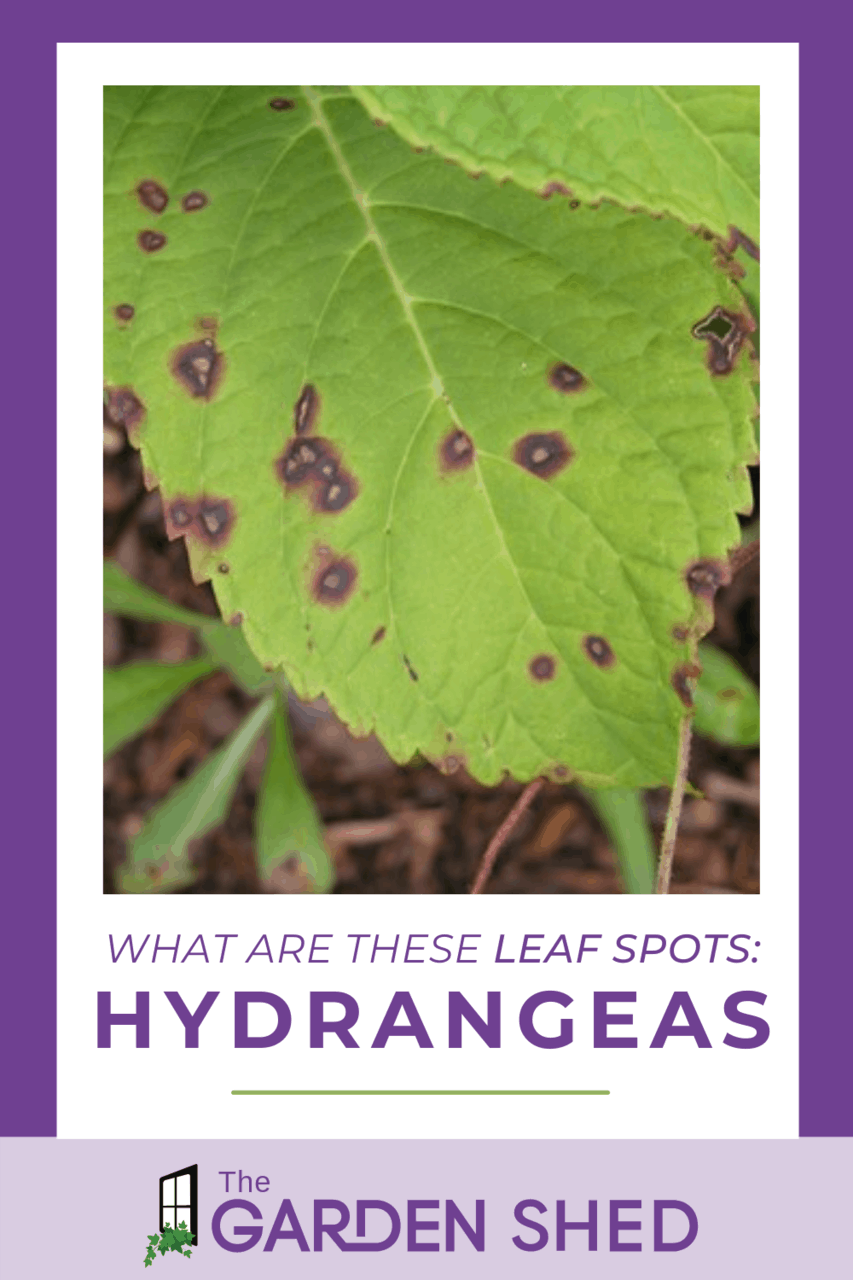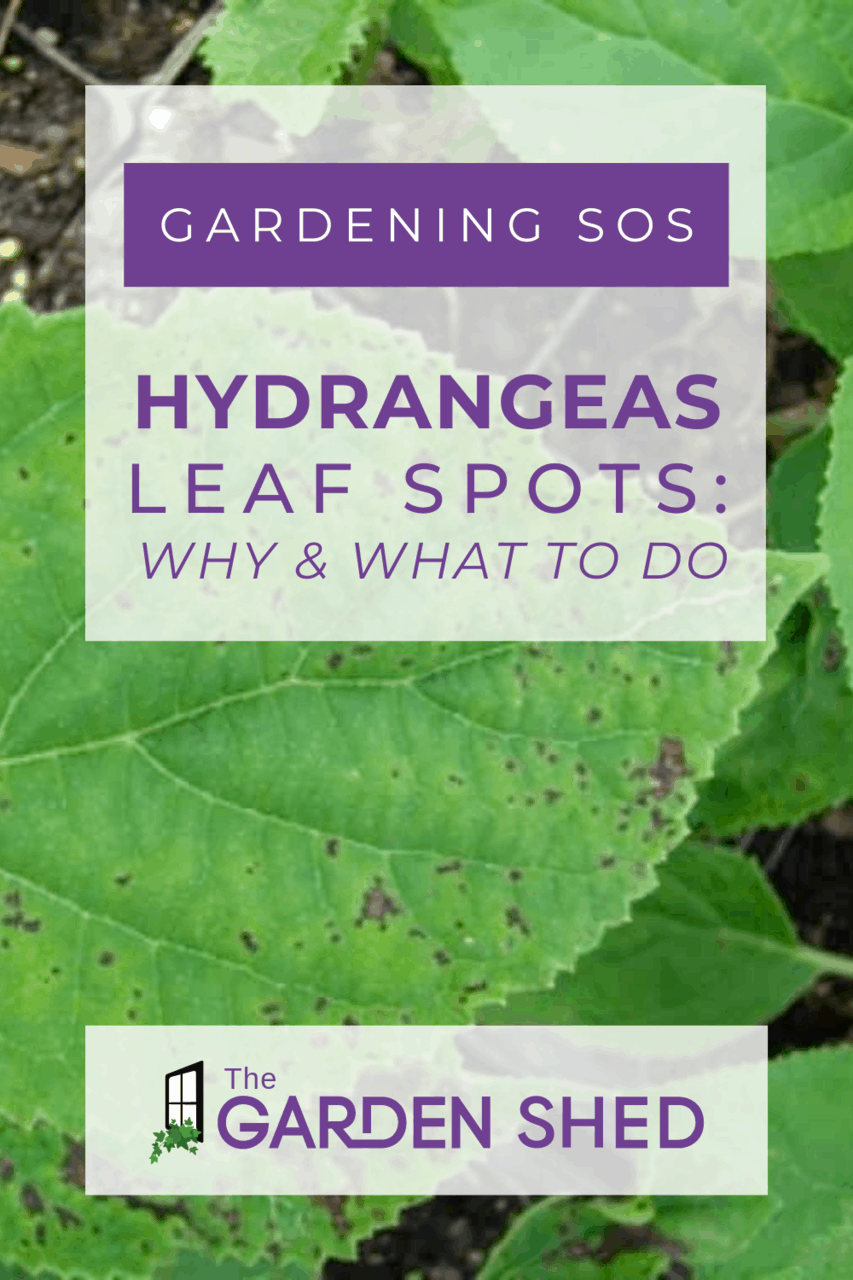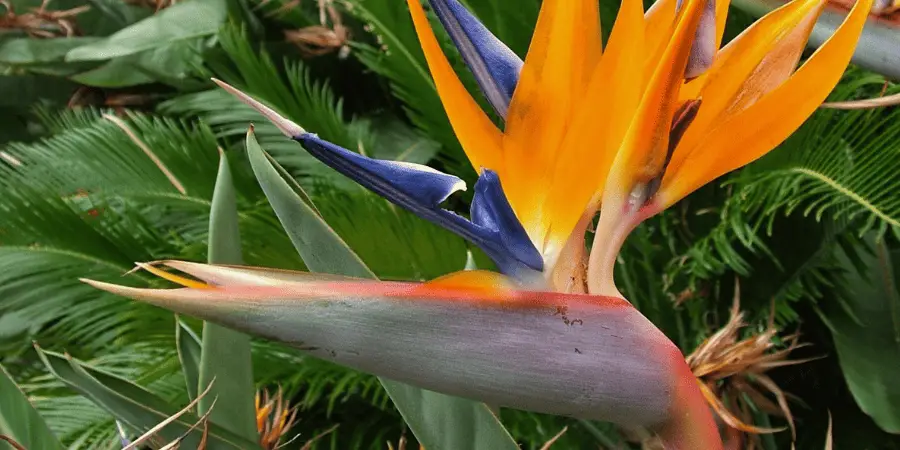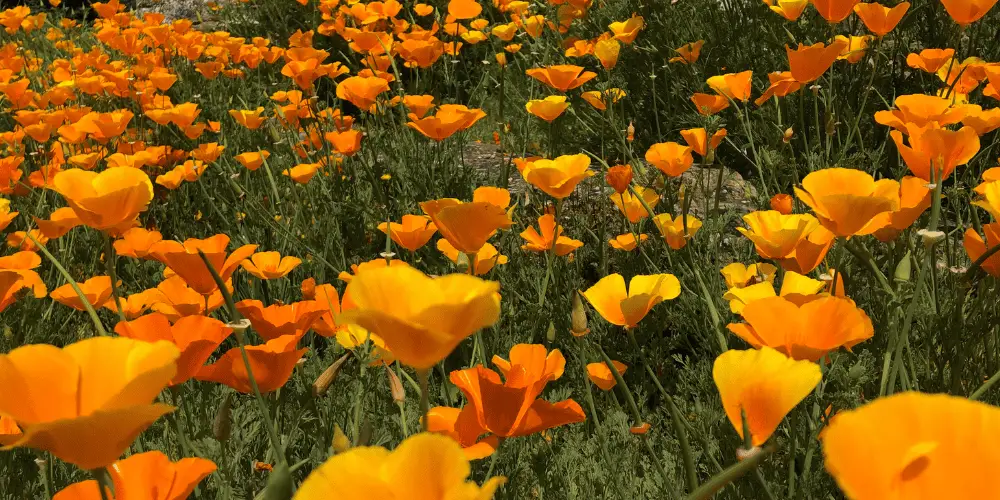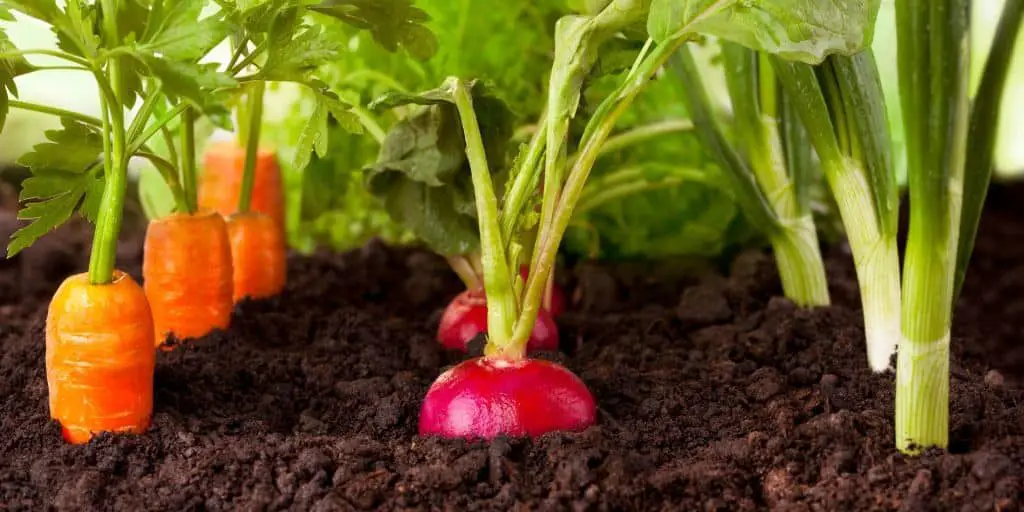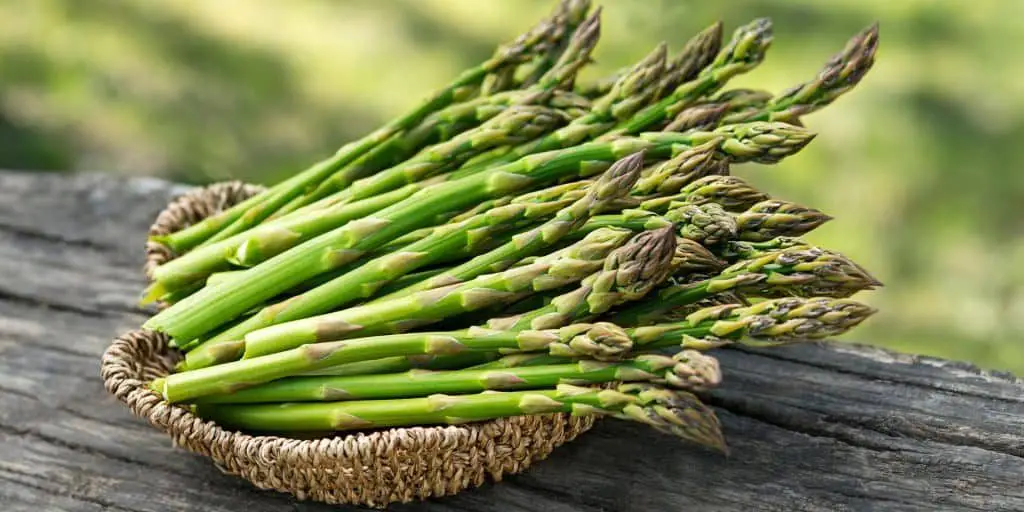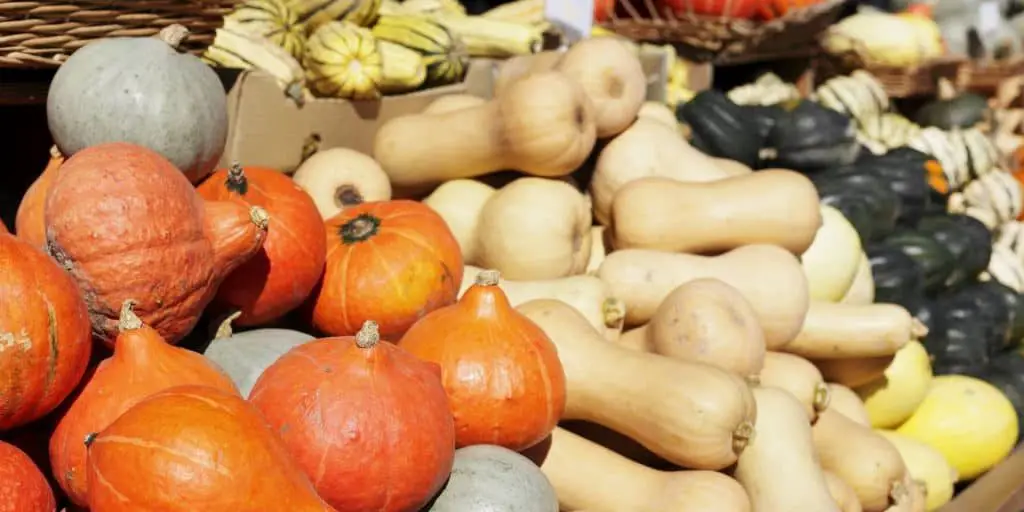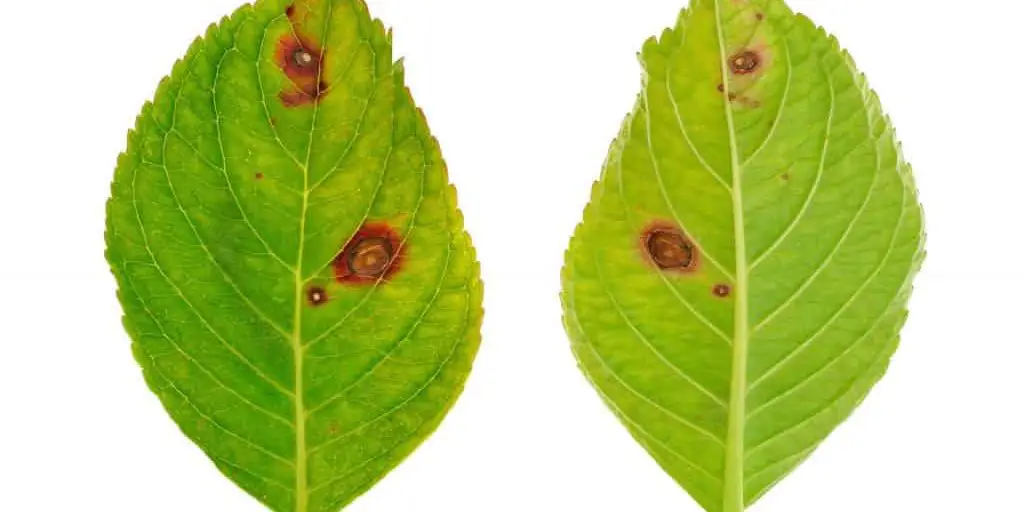
Brown Spots on Hydrangea Leaves: What’s Going on and What to Do About It
Brown spots on hydrangea leaves are not only unsightly, but can also be problematic. Hydrangea plants with brown or blackspots may flower less and have smaller blooms. Therefore, if you notice spots on your hydrangea leaves, you need to determine the cause and then treat it.
You’ve enjoyed gorgeous hydrangea blossoms during the blooming season but then one day notice spots on your hydrangea leaves. Unfortunately, no matter the cause, these spots typically worsen as summer progresses, especially if the season is unusually wet. As soon as possible, you need to determine what is causing these spots on your lovely hydrangea plants and what to do about it.
Brown Spots on Hydrangea Leaves
Brown spots on hydrangea leaves are usually caused by either a fungal disease or bacteria. These spots typically appear toward the end of the growing season. They usually do not threaten the life of the plant, but they are unsightly.
Fungal Disease
There are two type of fungal diseases that cause spots on your hydrangea leaves – Cercospora and Anthracnose.
Cercospora Leaf Spot
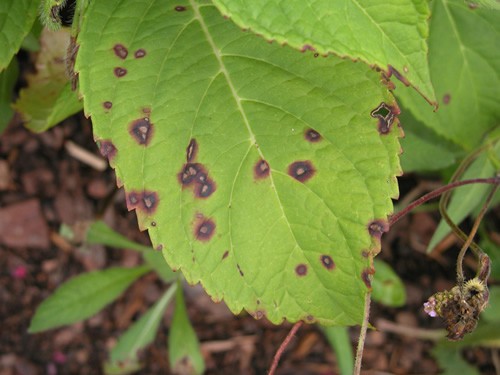
Cercospora begins as brown or purple spots on the leaves near the base of the plant. These circular spots are often scattered on the lower portion of the plant and may cause the leaves to turn yellow and then fall off. Cercospora is a common hydrangea disease and is caused by too much water during rainy seasons or overwatering from spray irrigation. Remove and dispose of diseased leaves. Spray remaining leaves with a fungicide for cerospora.
Anthracnose
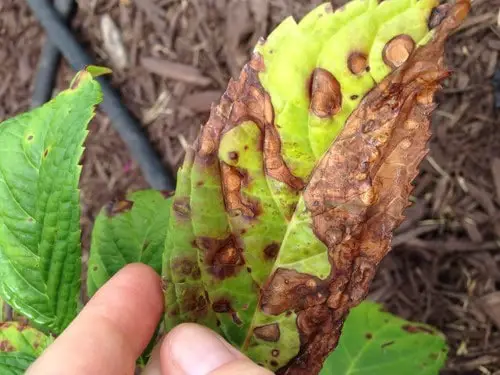
Unlike cercospora, symptoms of anthracnose may appear all over the plant and not just the base. Anthracnose is more serious than cercospora and can be differentiated by the cankers that form on stems and branches. Prune out diseased branches and discard them. Use a fungicide specifically designed for anthracnose.
Bacterial Disease
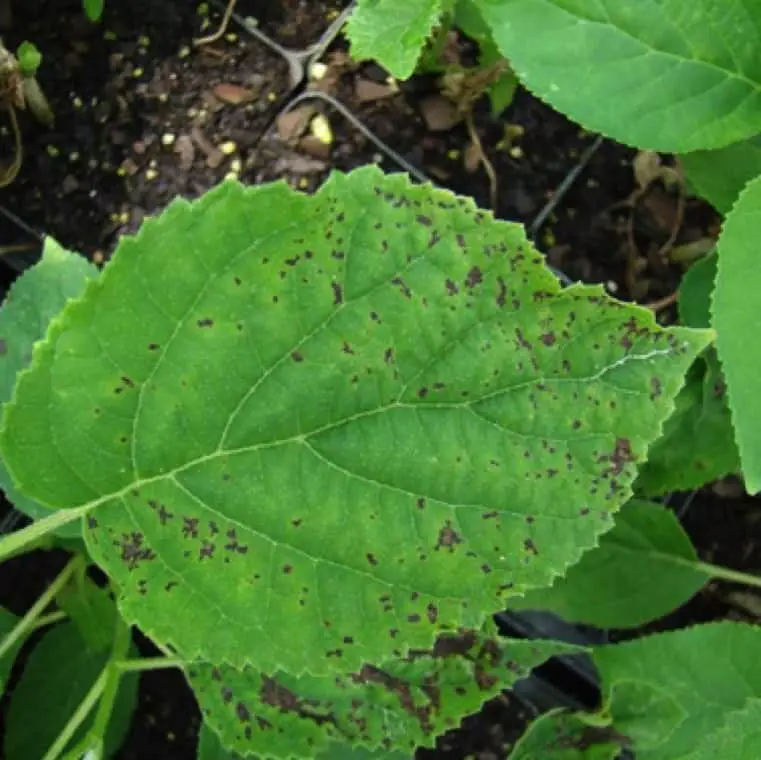
The most common bacterial disease of hydrangeas is Bacterial Leaf Spot. If first shows on the plant as water-soaked spots. Eventually, the spots darken and become angular in shape. The spots then turn into lesions and can kill the leaves. Bacterial disease can be fought with copper-based fungicides.
White Spots on Hydrangea Leaves
Powdery Mildew
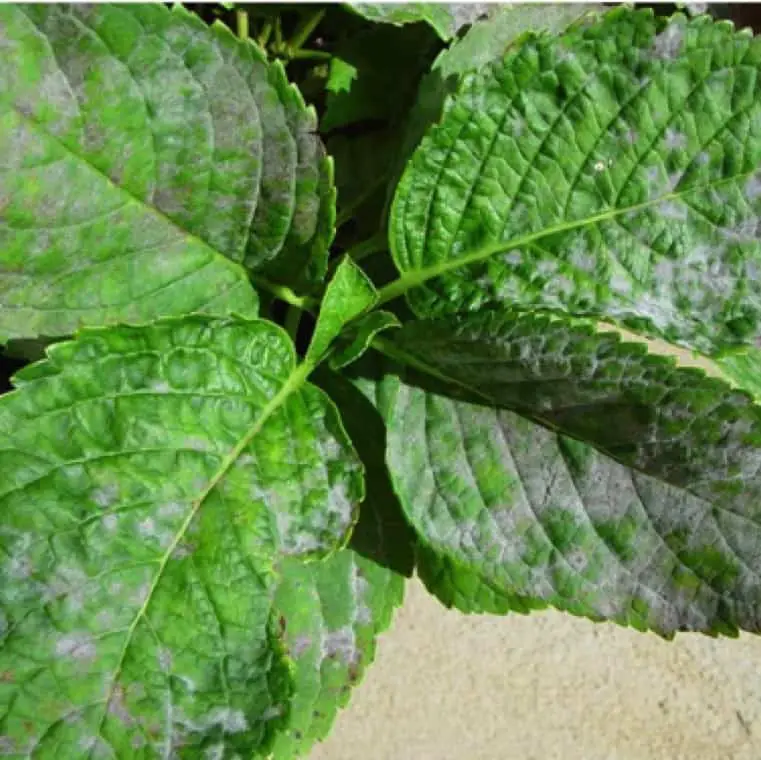
White spots on leaves are usually indicative of powdery mildew. Small white spots turn to a white powdery substance that covers the top of the leaves. Underneath the leaves, a cottony growth is visible. It is prevalent during times when the days are warm, the nights are cool, and humidity is high.
Remove any leaves or branches of the plant that have been infected. Thinning the hydrangea branches also helps to increase circulation and prevent mildew. Mildew can also be treated with a fungicide.
Holes in Hydrangea Leaves
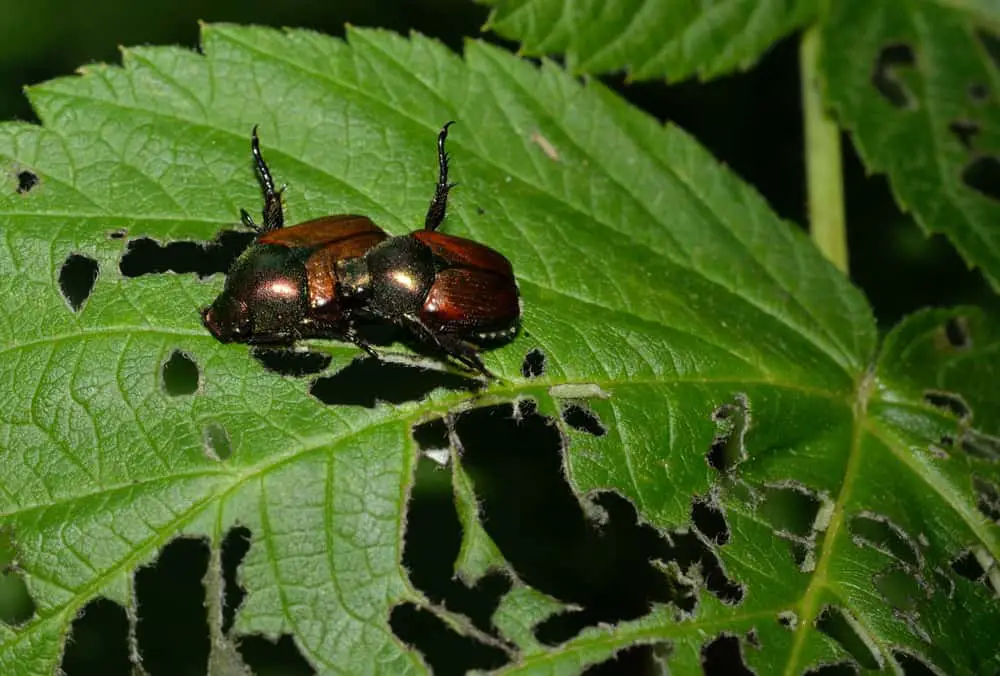
Holes in hydrangea leaves are often indicative of Japanese beetles. These large insects are easy to spot and have metallic green bodies with copper colored wings. The hgtv website recommends shaking them off in the morning and dropping them off into a bucket of soapy water. They also recommend trying Neem or pyrethrum before trying stronger insecticides.
Preventing Spots on Hydrangea Leaves
Since spots on hydrangea leaves are often caused from too much moisture, if possible, water hydrangea plants from below and avoid splashing the leaves with water from spray irrigation. Also water early in the morning so the plant, and the area under the plants, has a chance to dry out during the day.
If your hydrangeas had spots on them the previous year, then you will need to spray them with a fungicide next spring to prevent the spots from returning. This preventative measure is your best bet for avoiding a return of the spots.
Dispose of Diseased Leaves Properly
Whatever the reason for the spots on your hydrangea leaves, be sure to dispose of the diseased leaves properly. Remove diseased leaves from the plant as well as on the ground under the plant. Do not add the diseased leaves to your compost bin. Instead, put them in trash bags so the disease cannot spread before disposing of them.
Visit Wilson Bros Gardens for more detailed information on this subject.
Related posts
- Top Reasons Why Your Hydrangea Won’t Bloom
- Hydrangea Meaning and Symbolism
- Why Is My Hydrangea Wilting?
